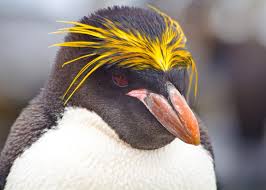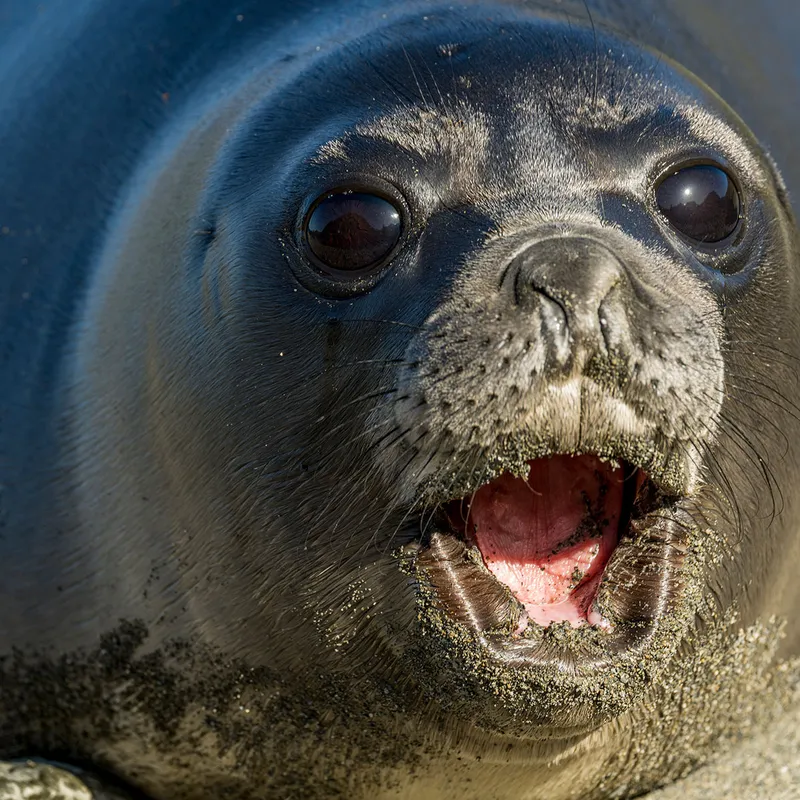Se-tenant: Animals (Cinderellas 2001)
Animals (Cinderellas 2001)
01 January (Cinderellas ) within release Russia : Mordovia goes into circulation Se-tenant Animals face value 7*5 Russian ruble
| Se-tenant Animals in catalogues | |
|---|---|
| Colnect codes: | Col: RU-MO 2001-26 |
Se-tenant is square format.
This item was illegally produced without the authorization of the postal administration inscribed on the stamps. They have no postal validity.Also in the issue Russia : Mordovia:
- Souvenir Sheet - 2Pac face value 15;
- Mini Sheet - 2Pac face value 12*3;
- Mini Sheet - Aerosmith face value 12*5;
- Mini Sheet - Aerosmith face value 12*5;
- Mini Sheet - Bob Marley face value 12*3;
- Mini Sheet - Bob Marley face value 12*3;
- Mini Sheet - Cars face value 12*5;
- Stamp - Cat face value 5;
- Stamp - Cat face value 5;
- Stamp - Cat face value 5;
- Stamp - Cat face value 5;
- Stamp - Cat face value 5;
- Stamp - Cat face value 5;
- Stamp - Cat face value 5;
- Souvenir Sheet - Cats face value 25;
- Mini Sheet - Charlie Chaplin face value 12*5;
- Mini Sheet - Jazz & Blues Stars face value 12*5;
- Mini Sheet - Jazz & Blues Stars face value 12*5;
- Mini Sheet - Louis Armstrong face value 12*3;
- Mini Sheet - Louis Armstrong face value 12*3.50;
- Mini Sheet - Mohandas Karamchand Gandhi face value 12*5;
- Mini Sheet - Remembering Dale Earnhardt face value 12*3;
- Mini Sheet - Usa face value 12*5;
- Mini Sheet - Usa face value 12*5;
- Mini Sheet - Winners of Academy Awards face value 12*5;
- Mini Sheet - Winners of Academy Awards face value 12*5;
- Se-tenant - Animals face value 7*5;
- Mini Sheet - Collie face value 45;
- Mini Sheet - Dalmatian face value 45;
- Stamp - Dog face value 5;
- Stamp - Dog face value 5;
- Stamp - Dog face value 5;
- Stamp - Dog face value 5;
- Stamp - Dog face value 5;
- Stamp - Dog face value 5;
- Stamp - Dog face value 5;
- Stamp - Dog face value 5;
- Stamp - Dog face value 5;
- Stamp - Dog face value 5;
- Stamp - Dog face value 5;
- Stamp - Dog face value 5;
- Stamp - Dog face value 5;
- Stamp - Dog face value 5;
- Souvenir Sheet - Dog face value 25;
- Se-tenant - Dogs face value 7*5;
- Stamp - Penguins face value 5;
- Stamp - Penguins face value 5;
- Stamp - Penguins face value 5;
- Stamp - Penguins face value 5;
- Stamp - Polar Bear face value 5;
- Stamp - Seal face value 5;
- Stamp - Seals face value 5;
- Stamp - Wolf face value 5;
- Stamp - Wolf face value 5;
- Stamp - Wolf face value 5;
- Stamp - Wolf face value 5;
- Stamp - Wolf face value 5;
- Stamp - Wolf face value 5;
- Stamp - Wolf face value 5;
|
Data entry completed
53%
|
|
|---|---|
| Se-tenant Animals in digits | |
| Country: | Cinderellas |
| Date: | 2001-01-01 |
| Print: | Offset lithography |
| Emission: | Незаконный |
| Format: | Se-tenant |
| Face Value: | 7*5 Russian ruble |
Se-tenant Animals it reflects the thematic directions:
Animals are multicellular, eukaryotic organisms of the kingdom Animalia (also called Metazoa). All animals are motile, meaning they can move spontaneously and independently, at some point in their lives. Their body plan eventually becomes fixed as they develop, although some undergo a process of metamorphosis later on in their lives. All animals are heterotrophs: they must ingest other organisms or their products for sustenance.
Bears are carnivoran mammals of the family Ursidae (/ˈɜːrsɪdiː, -daɪ/). They are classified as caniforms, or doglike carnivorans. Although only eight species of bears are extant, they are widespread, appearing in a wide variety of habitats throughout most of the Northern Hemisphere and partially in the Southern Hemisphere. Bears are found on the continents of North America, South America, and Eurasia. Common characteristics of modern bears include large bodies with stocky legs, long snouts, small rounded ears, shaggy hair, plantigrade paws with five nonretractile claws, and short tails.
Mammals are any vertebrates within the class Mammalia (/məˈmeɪli.ə/ from Latin mamma "breast"), a clade of endothermic amniotes distinguished from reptiles (including birds) by the possession of a neocortex (a region of the brain), hair, three middle ear bones and mammary glands. All female mammals nurse their young with milk, secreted from the mammary glands. Mammals include the largest animals on the planet, the great whales. The basic body type is a terrestrial quadruped, but some mammals are adapted for life at sea, in the air, in trees, underground or on two legs. The largest group of mammals, the placentals, have a placenta, which enables the feeding of the fetus during gestation. Mammals range in size from the 30–40 mm (1.2–1.6 in) bumblebee bat to the 30-meter (98 ft) blue whale. With the exception of the five species of monotreme (egg-laying mammals), all modern mammals give birth to live young. Most mammals, including the six most species-rich orders, belong to the placental group. The largest orders are the rodents, bats and Soricomorpha (shrews and allies). The next three biggest orders, depending on the biological classification scheme used, are the Primates (apes and monkeys), the Cetartiodactyla (whales and even-toed ungulates), and the Carnivora (cats, dogs, seals, and allies).
Penguins are a group of aquatic flightless birds from the family Spheniscidae (/sfɪˈnɪsɪdiː, -daɪ/) of the order Sphenisciformes (/sfɪˈnɪsəfɔːrmiːz/). They live almost exclusively in the Southern Hemisphere: only one species, the Galápagos penguin, is found north of the Equator. Highly adapted for life in the ocean water, penguins have countershaded dark and white plumage and flippers for swimming. Most penguins feed on krill, fish, squid and other forms of sea life which they catch with their bills and swallow whole while swimming. A penguin has a spiny tongue and powerful jaws to grip slippery prey
The polar bear (Ursus maritimus) is a large bear native to the Arctic and nearby areas. It is closely related to the brown bear, and the two species can interbreed. The polar bear is the largest extant species of bear and land carnivore, with adult males weighing 300–800 kg (660–1,760 lb). The species is sexually dimorphic, as adult females are much smaller. The polar bear is white- or yellowish-furred with black skin and a thick layer of fat. It is more slender than the brown bear, with a narrower skull, longer neck and lower shoulder hump. Its teeth are sharper and more adapted to cutting meat. The paws are large and allow the bear to walk on ice and paddle in the water.
Pinnipeds (pronounced /ˈpɪnɪˌpɛdz/), commonly known as seals, are a widely distributed and diverse clade of carnivorous, fin-footed, semiaquatic, mostly marine mammals. They comprise the extant families Odobenidae (whose only living member is the walrus), Otariidae (the eared seals: sea lions and fur seals), and Phocidae (the earless seals, or true seals), with 34 extant species and more than 50 extinct species described from fossils. While seals were historically thought to have descended from two ancestral lines, molecular evidence supports them as a monophyletic group (descended from one ancestor). Pinnipeds belong to the suborder Caniformia of the order Carnivora; their closest living relatives are musteloids (weasels, raccoons, skunks and red pandas), having diverged about 50 million years ago.





